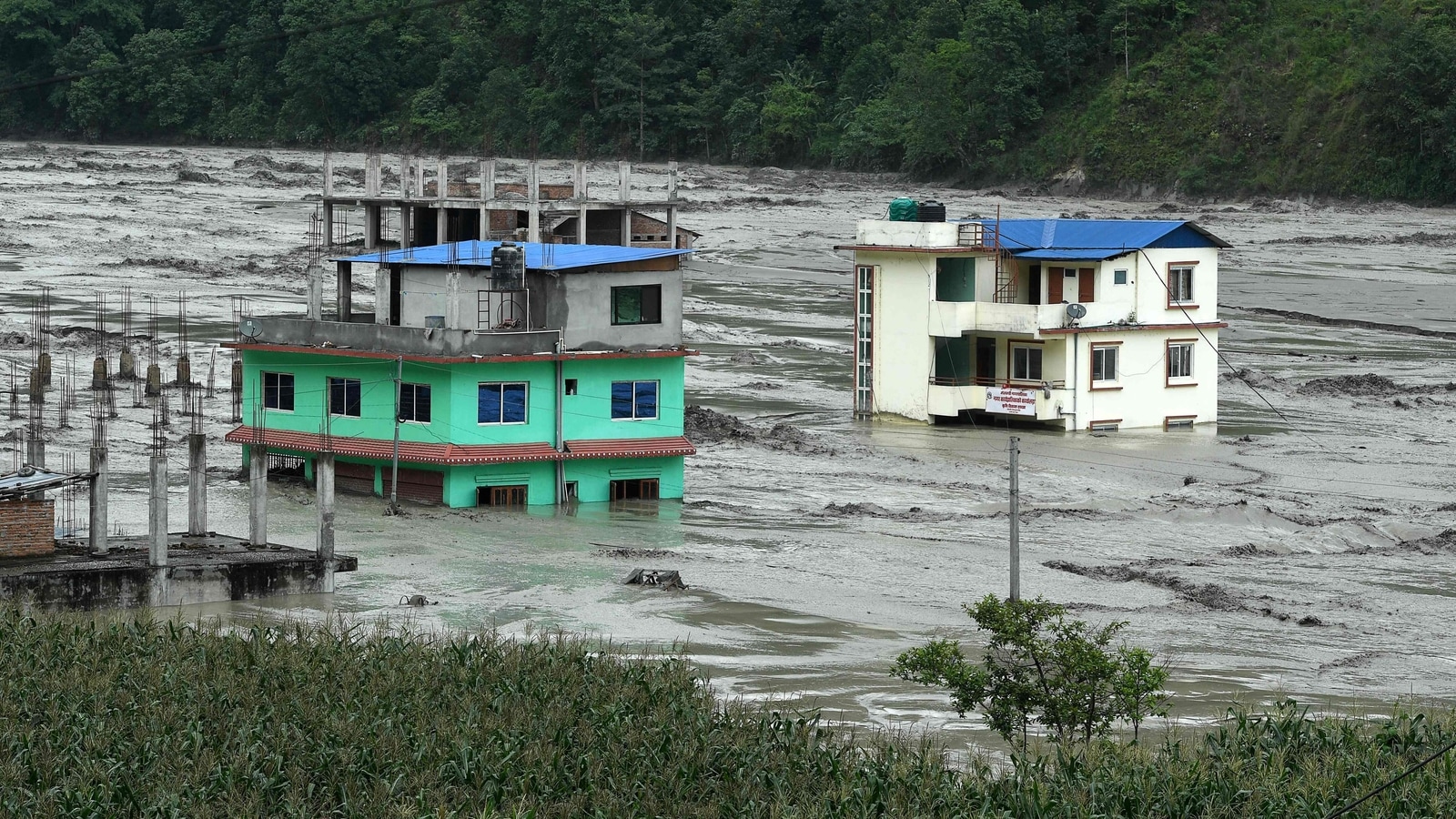
Over the past 24 hours, severe rains in Nepal have caused landslides and floods that have claimed the lives of at least 14 people.
The continuing monsoon is causing an extremely high number of deaths in the Himalayan country; in the last 24 hours, 14 deaths have been reported.
The Ministry of Home Affairs of Nepal’s National Disaster Risk Reduction and Management Authority (NDRMA) reports that eight of the 14 fatalities were caused by landslides, five by lightning, and one by floods.
“We recorded a total of 44 incidents on June 26, 2024. In those incidents, 14 people have lost their lives, 8 were due to landslides, 5 due to lightning, and 1 in flooding. 2 people are still unaccounted for in the incident of landslide while 10 people have sustained injuries,” Dijan Bhattarai, spokesperson at the NDRMA told ANI over the phone.
According to the home ministry, on Wednesday, a landslide killed five people in Lamjung, two in Kaski, one in Okhaldhunga, and one person died from flooding.
At least 13 individuals have died as a result of lightning strikes in the last 17 days, while 14 more have been killed in landslides. This year’s monsoon arrived in Nepal on schedule, and the country’s high fatality rate from excessive rain is still present.
Nepal predicts that on June 13, the monsoon will formally arrive over its territory and continue for almost three months. The government has calculated over time that the season’s rain-related accidents might potentially affect up to 1.8 million people.
In Nepal, floods affect tens of thousands of people annually, and landslides and property destruction force hundreds of people to flee their homes.
According to South Asian meteorologists, the second half of the southwest monsoon season is likely to see the development of La Nina conditions, which are represented by cold water temperatures in the equatorial Pacific.
La Nina is typically associated with normal to above-normal rainfall in South Asia, which could further intensify the monsoon’s impact in Nepal.
There is a 60% possibility of La Nina conditions between July and September, and a 70% chance between August and November, according to the World Meteorological Organisation (WMO).
These conditions could lead to more severe floods and droughts in the region.
